By Ross Moyo
SADC chairperson, Zimbabwe President Emmerson Mnangagwa is credited for leading his regional counterparts mainly Zimbabwe’s President Mnangagwa and South Africa’s Cyril Ramaphosa who have helped revolutionise the Internet in Botswana and South Africa respectively.
Zimbabwe showed leadership in SADC through Strive Masiyiwa’s Liquid Intelligent Technologies (formerly Liquid Telecom) widely recognized as having the largest independent fibre network in Africa. Liquid has built a network spanning over 110,000 kilometers, connecting various countries and cities across the continent. This network plays a significant role in providing high-speed internet access and digital services throughout Africa.
Cyril Ramaphosa’s Shanduka Group also joined the bandwagon of investors jockeying for business interests in Zimbabwe, and Ramaphosa’s group once held talks with Econet Wireless to acquire the company’s shareholding in Mutare Bottling Company, an investment the mobile group considered a non-core asset before selling it to Delta.
Ramaphosa was part of a group of investors who helped Seacom bypass government attempts to block the launch of its undersea cable in South Africa.
Its arrival arrival broke Telkom’s monopoly on international fibre connectivity, triggering a revolution in the South African broadband market. Almost overnight, data prices dropped by more than 50%.
Nevertheless , that breakthrough was nearly delayed by years. In September 2007, just as Seacom was preparing to begin construction, the South African government made an interesting announcement.
Ivy Matsepe-Casaburri, then Communications-Minister declared that no undersea cable would be allowed to land in South Africa unless it was majority owned by local or African investors.
This proclamation drew sharp criticism, as most subsea cables were financed and operated by international consortia of telecom operators.
With the immense cost of deploying submarine cables, critics argued it was unrealistic to expect all cables landing in South Africa to be majority-owned by local or African investors.
Seacom as a temporary work around said it would land the cable in international waters and make landfall over a cable owned by Neotel (now Zimbabwean Strive Masiyiwa’s Liquid Intelligent Technologies), Telkom’s recently-launched rival.
The cable connecting to the Mtunzini in KwaZulu-Natal, was built by Seacom but sidestepped the last-minute local ownership requirements through a sale and leaseback deal with Neotel(Liquid).
South Africa’s then Communications Minister now late Matsepe-Casaburri and her director-general, Lyndall Shope-Mafole, were none too pleased with this, stating that the workaround would not satisfy government’s requirements.
Presumption that the South African government was attempting to protect Telkom’s monopoly for as long as possible, were rife as Seacom was expected to heavily undercut its prices.
Nevertheless, it was later revealed that other vested interests were likely at play, which involved another submarine cable project backed by the AU’s New Partnership for Africa’s Development (NEPAD).
Industry sources told the media that politically-connected individuals were making life as difficult for Seacom as possible to protect their own interests.
Seacom pressed ahead, securing support from several South African investors — including Johann Rupert’s Venfin, Cyril Ramaphosa’s Shanduka Group, and Andile Ngcaba’s Convergence Partners despite the political fights.
Seacom met every regulatory requirement the government imposed with backing from Ngcaba and Ramaphosa.
When it launched, Seacom said it was 52% African-owned, which included 25% South African ownership and 27% shareholding by East African companies. U.S. development group Herakles Telecoms held the rest.
SADC was leading in internet provision as Seacom revolutionised broadband in South Africa launching with Ramaphosa flanked by Neotel CEO Ajay Pandey and former Seacom strategy head Suveer Ramdhani back then.
After two months of Seacom landing in South Africa, Internet service provider Afrihost launched an ADSL product offering data for R29 per GB, immediately reducing international data prices by over 50%.
Gian Visser, Afrihost CEO said at the time it would not have been possible for them to undercut the prevailing prices as an upstart ISP had it not been for Seacom.
Mweb one-upped them, six months later launching an affordable consumer uncapped ADSL service from R219 per month (excluding Telkom’s monthly line rental and access fees).
Mweb then CEO now late, Rudi Jansen said Seacom’s arrival was critical in allowing them to launch uncapped ADSL.
“Seacom was a fantastic partner,” he said. “They could see the opportunity to sell lots of bandwidth early on, and they helped us with some innovative solutions.”
Its arrival in South Africa broke Telkom’s stranglehold on subsea fibre capacity and opened the floodgates for affordable, uncapped broadband products to launch.
“We needed to increase the bandwidth through which people could communicate — faster, and cheaper,” Ramaphosa said in an interview when Seacom launched.
“Seacom has provided a highway along which people can travel. The world is going to be surprised when it sees how Africans can explode on this new highway and begin to do things that’ll astound the world.”
The South African President announced his departure from the Shanduka Group on 26 May 2014 after being appointed Deputy President of South Africa.
To protect family’s interests, they were held in blind trusts while a transaction to merge Shanduka with Phutuma Nhleko’s Pembani Group received the necessary regulatory approvals.
This transaction was approved on 19 August 2015, marking Ramaphosa’s exit from Shanduka yet it must not be forgotten how both SADC leaders led their countries to revolutionize internet in their bloc.Neotel, formerly SNO Telecommunications, was South Africa’s first direct competitor to Telkom in fixed-line telecommunications. It was established on August 31, 2006. In 2017, Neotel’s enterprise operations were rebranded to Liquid Intelligent Technologies South Africa. The company is now part of the Liquid Intelligent Technologies group, a pan-African telecommunications and digital services provider.
Founding and Early Operations:
Neotel was launched on August 31, 2006, in Kyalami, Midrand, South Africa. It was initially established as the second national operator for fixed-line telecommunications, directly challenging Telkom.
Neotel’s early shareholders included Eskom Holdings, Transtel (a division of Transnet), and a consortium of investors. Tata Communications later acquired a majority stake in the company.
Acquisition by Liquid Telecom:
Neotel was acquired by Liquid Telecom (now Liquid Intelligent Technologies). This acquisition aimed to revitalize Neotel’s presence in the South African market and expand Liquid Telecom’s reach across Africa.
Rebranding:
In June 2017, Neotel’s enterprise operations were rebranded to Liquid Intelligent Technologies South Africa. This rebranding aligned Neotel’s customer base with the broader Liquid Intelligent Technologies group.
Current Status:
Neotel is now part of the Liquid Intelligent Technologies group, which is a major player in the African telecommunications and digital services market.
Liquid still stands head and shoulders above the rest of internet providers in Africa and not just Souther African Development Corporation SADC countries.



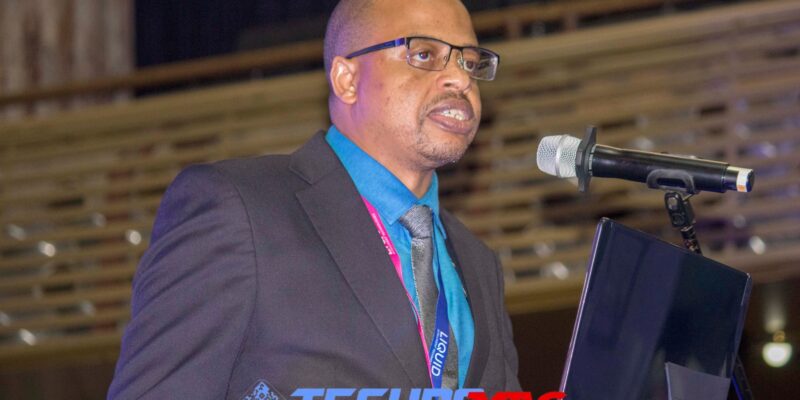
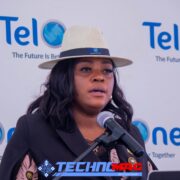
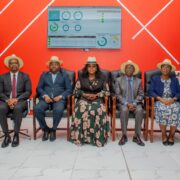


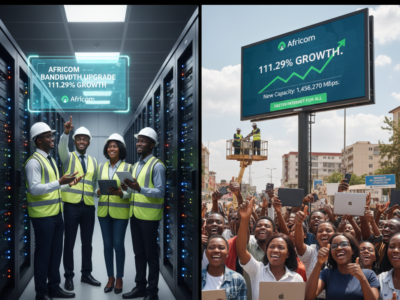
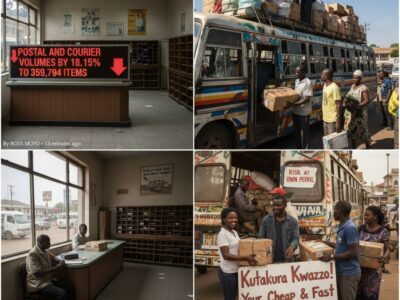
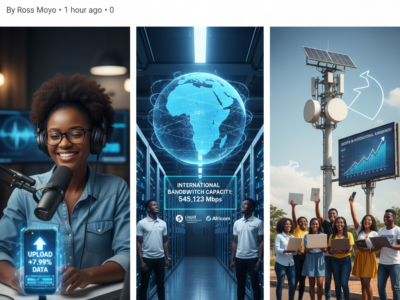



Comments